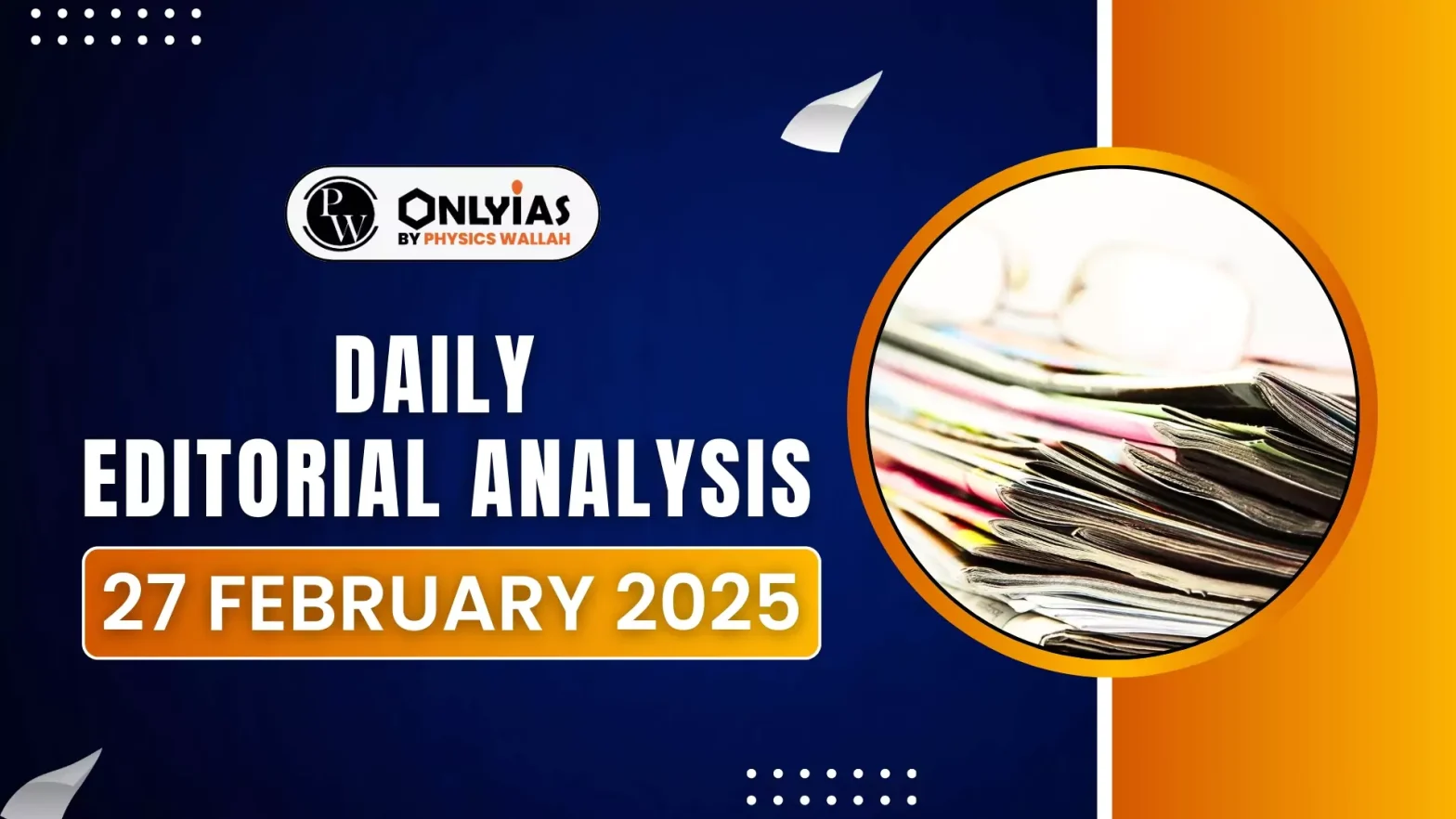The Central government and the Tamil Nadu government are disagreeing over the three-language rule in schools under the New Education Policy (NEP), 2020.
- The Union government has linked the release of funds under the Samagra Shiksha Abhiyan to compliance with the three-language policy.
- Tamil Nadu considers this a ‘smokescreen’ for Hindi imposition and remains firm on its two-language policy.
Constitutional Provisions on Language
- Official Language: Hindi is the official language of the Union. English was initially meant to continue for 15 years (until 1965) but remains in use under the Official Languages Act, 1963, which allows its continued use indefinitely.
- State Language Provisions: A State can adopt any language(s) in use or Hindi as its official language(s) for official purposes.
- Promotion of Hindi: The Constitution mandates the Union to promote Hindi as a medium of expression for India’s composite culture.
Three-Language Formula
- Origin: Introduced in the National Education Policy (NEP), 1968.
- Mandate: Along with the Official Language Resolution, 1968, it mandated the teaching of Hindi in non-Hindi-speaking States.
- Impact: It led to protests in Tamil Nadu, which has since followed its two-language policy (Tamil and English) in government schools.
- New Education Policy 2020: NEP, 2020 retained the three-language formula but with a key modification:
- No language is imposed on any State.
- The choice of languages is left to States, regions, and students, provided at least two of the three languages are native to India.
- Need : According to the 2011 Census, 26% of Indians are bilingual and 7% are trilingual, with higher multilingualism in urban areas (44% bilingual, 15% trilingual) compared to rural areas (22% bilingual, 5% trilingual).
Issues in Indian Schools
- Poor Learning Outcomes: The Annual Status of Education Research (ASER) by Pratham NGO highlights significant gaps in learning outcomes:
- 60% of Class V students could not read a Class II-level text. 25% of youth (14-18 years) could not fluently read a Class II-level text in their regional language.
- 40% of this age group struggled to read English sentences.
- Foundational numeracy skills (subtraction and division) remain weak.
- Disparity in Funding: In 2019-20, ₹3.03 lakh crore was spent on elementary education, with 15% funded by the Centre and 85% by the States.
- Inadequate Funding: Overall education spending, including elementary, secondary, higher, and technical education, remains at 4-4.5% of GDP, falling short of the 6% target set by NEP 2020.
- This funding gap continues to hinder improvements in educational quality.
- Delays: There are funding delays due to political disagreements.
Way Forward
- Prioritize: English proficiency has enhanced India’s global competitiveness in service industries. While learning more Indian languages is beneficial, government-run schools must prioritize:
- Mother tongue/local language
- English proficiency
- Foundational numeracy skills
- Increasing Proficiency: Private schools that teach a third language until Standard VIII often see limited proficiency in that language.
- Learning Additional Language: Rapid urbanization and labor migration will likely increase multilingualism in the next Census. People tend to learn additional languages based on practical needs rather than policy mandates.
Conclusion
There is a need for constructive Centre-State dialogue to resolve conflicts. Greater autonomy for States is needed in school education policy to respect regional diversities.
![]() 27 Feb 2025
27 Feb 2025

